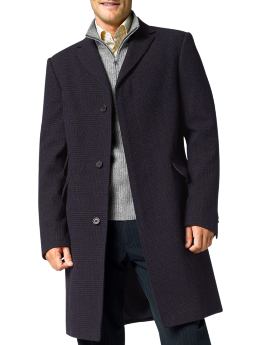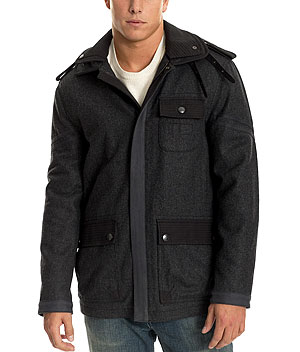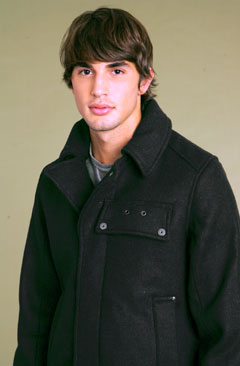Retail Trend: Cheap Chic Fashion, Part I
Thanks, Mat, for sending us an article from SFGate on cheap chic fashion.
Our first take? Interesting article, but while H&M might be bringing the cheap chic phenomenon to the fashion forefront in San Francisco with its November 19 opening, the idea is anything but new.
Forever 21, Zara, H&M, Mango, and others have been playing in this space for over a decade. However, it wasn’t until 2000 that the US womenswear market got a real taste of the cheap chic trend, when H&M opened its doors in New York.
We’ve got a lot to say on the topic of cheap chic fashion, as it’s near and dear to our hearts and closets. To make reading more manageable, we’re going to split our thoughts into three posts.
In Part I, we’ll go back to basics and discuss what cheap chic fashion is as well as why it’s so appealing. In Part II, we’ll dig deeper and tackle what cheap chic means from both a consumer and a business perspective. And in Part III, we’ll touch on wardrobe building in an era of disposable clothing.
What is cheap chic fashion?
Just what it sounds like–moderate to discount priced clothing that, due to its trend value, quickly moves from the runway to production to the retail floor to consumers’ closets. Clothing is generally merchandised from an item-based, rather than a collection-based perspective.
Retailers like H&M and Zara, who specialize in this cheap chic phenomenon, move new goods into the stores on a daily to weekly basis to replace the items being sold. From a business perspective, this means producing a greater variety of styles, but each in a lower quantity.
Consider it the opposite of the traditional retail model, which has a retailer like Gap producing a set collection for each season. Instead of item-based merchandising, we see items being sold as part of a greater collection. When consumers buy merchandise, the shelves are replenished with more of the same clothes. Here, there exists less variety in styles, but each style is produced in a higher quantity.
Why is cheap chic so appealing? Two reasons:
- For one, it’s cheap. You can afford to buy a greater variety and number of items. The inherent flexibility here, combined with the American create-your-own-look individualism is extremely powerful.
- Secondly, it’s a logical outgrowth of the acceleration of fashion information. We’re getting our trend information faster and faster these days. We used to have to wait for fashion magazines to publish information on the latest runway shows. Now, with websites like NY Metro (same day coverage) and Style.com (next day coverage), the wait time is almost negligible. As fashion information moves faster, trends accelerate. The next logical step in the chain is for fashion garments themselves to move faster, and that’s precisely what’s happening through cheap chic fashion.
Add comment November 8th, 2005




